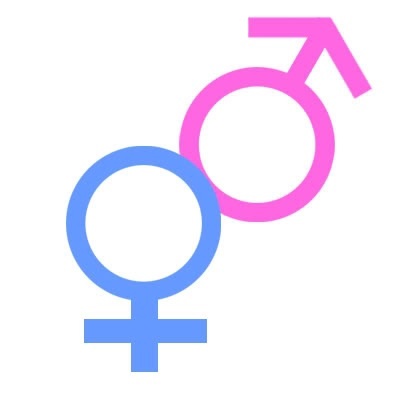A probability problem by Kaleil Salomon -Jacob
 A new law is passed to keep the male population: Once a mother has given birth to a boy, she is forbidden from having any more children. However, if she gives birth to a girl, no restriction is imposed. How will this law affect the ratio of the male to female populations?
A new law is passed to keep the male population: Once a mother has given birth to a boy, she is forbidden from having any more children. However, if she gives birth to a girl, no restriction is imposed. How will this law affect the ratio of the male to female populations?
This section requires Javascript.
You are seeing this because something didn't load right. We suggest you, (a) try
refreshing the page, (b) enabling javascript if it is disabled on your browser and,
finally, (c)
loading the
non-javascript version of this page
. We're sorry about the hassle.
The chance of having a boy or a girl will remain the same no matter how many children a woman has. For her first child, a mother has a 2 1 chance of having a boy and a 2 1 chance of having a girl. If she has a boy, she will not have a second child. If she has a girl and does have a second child, there is still a 2 1 chance of having a child of either gender. The pattern continues in this way. The ratio will alsays remain the same, even if it is different than 2 1 .